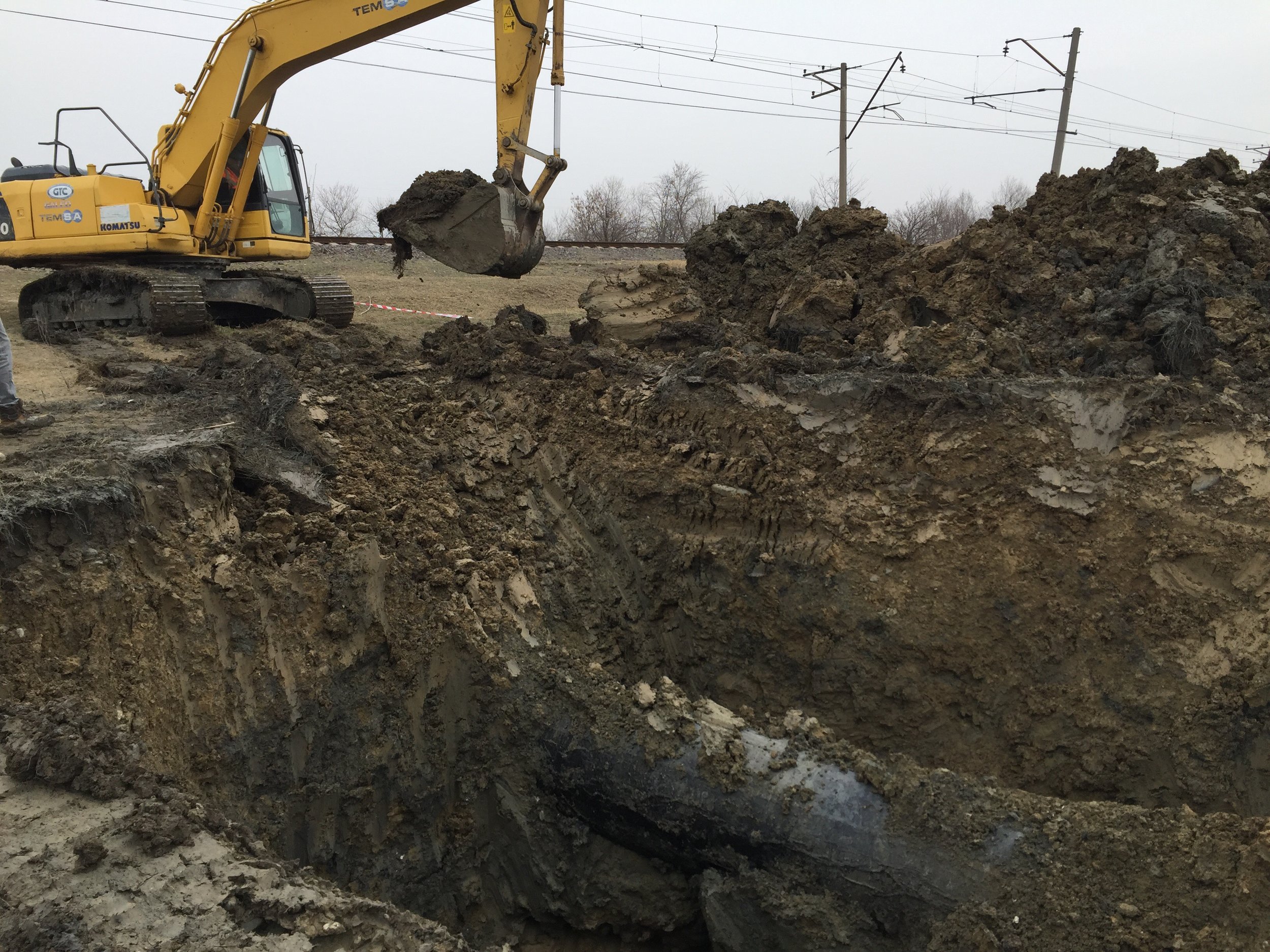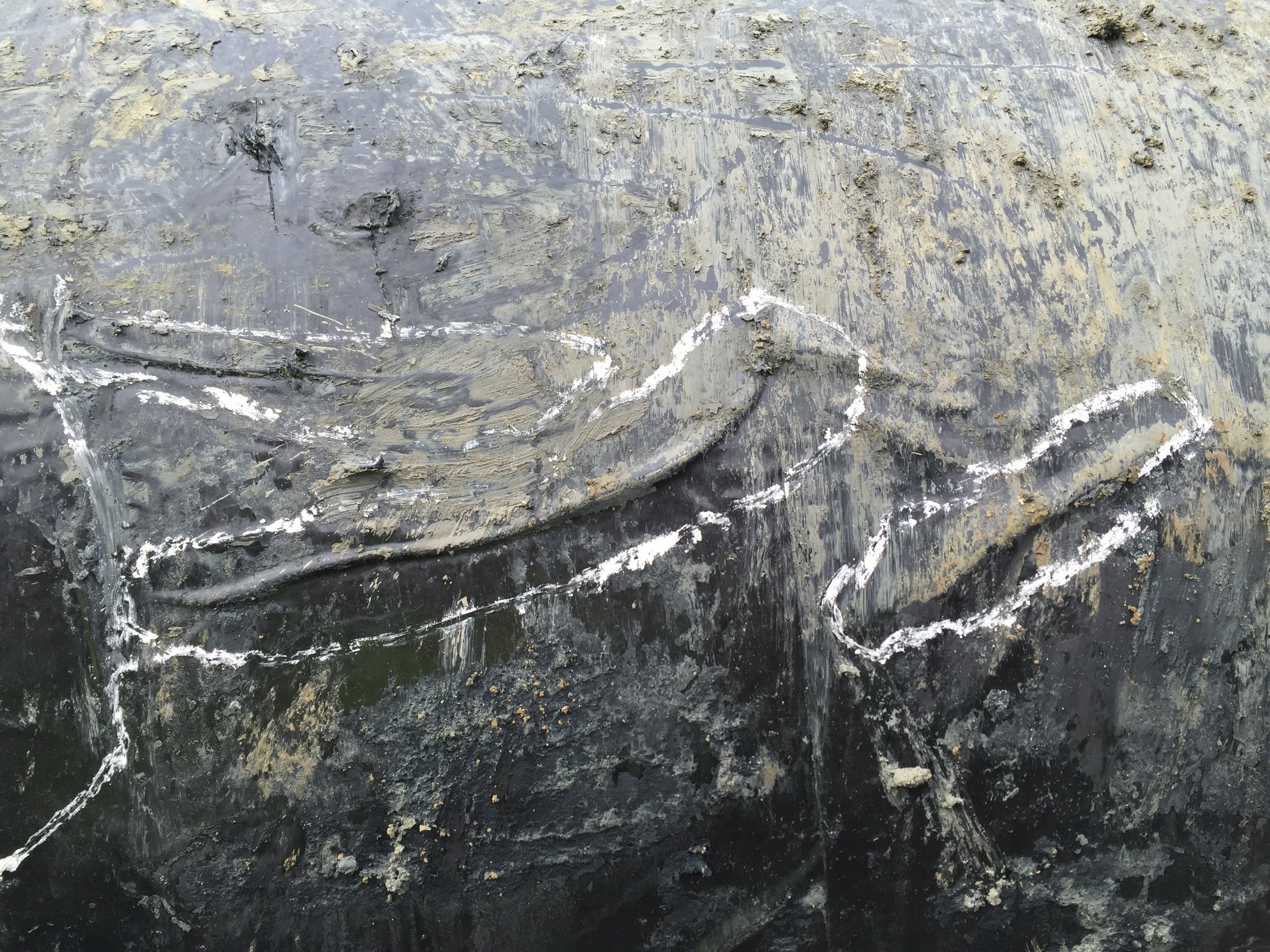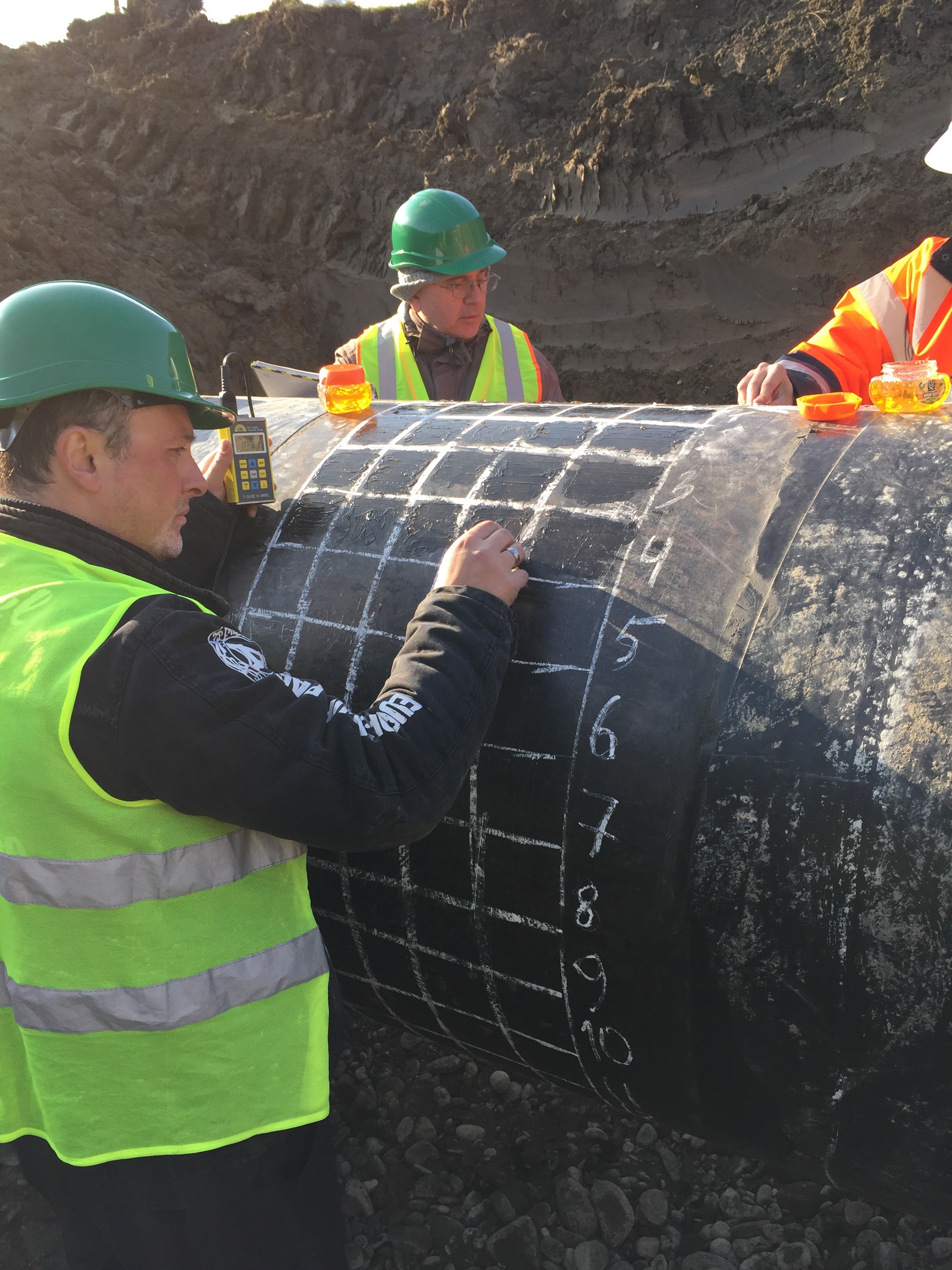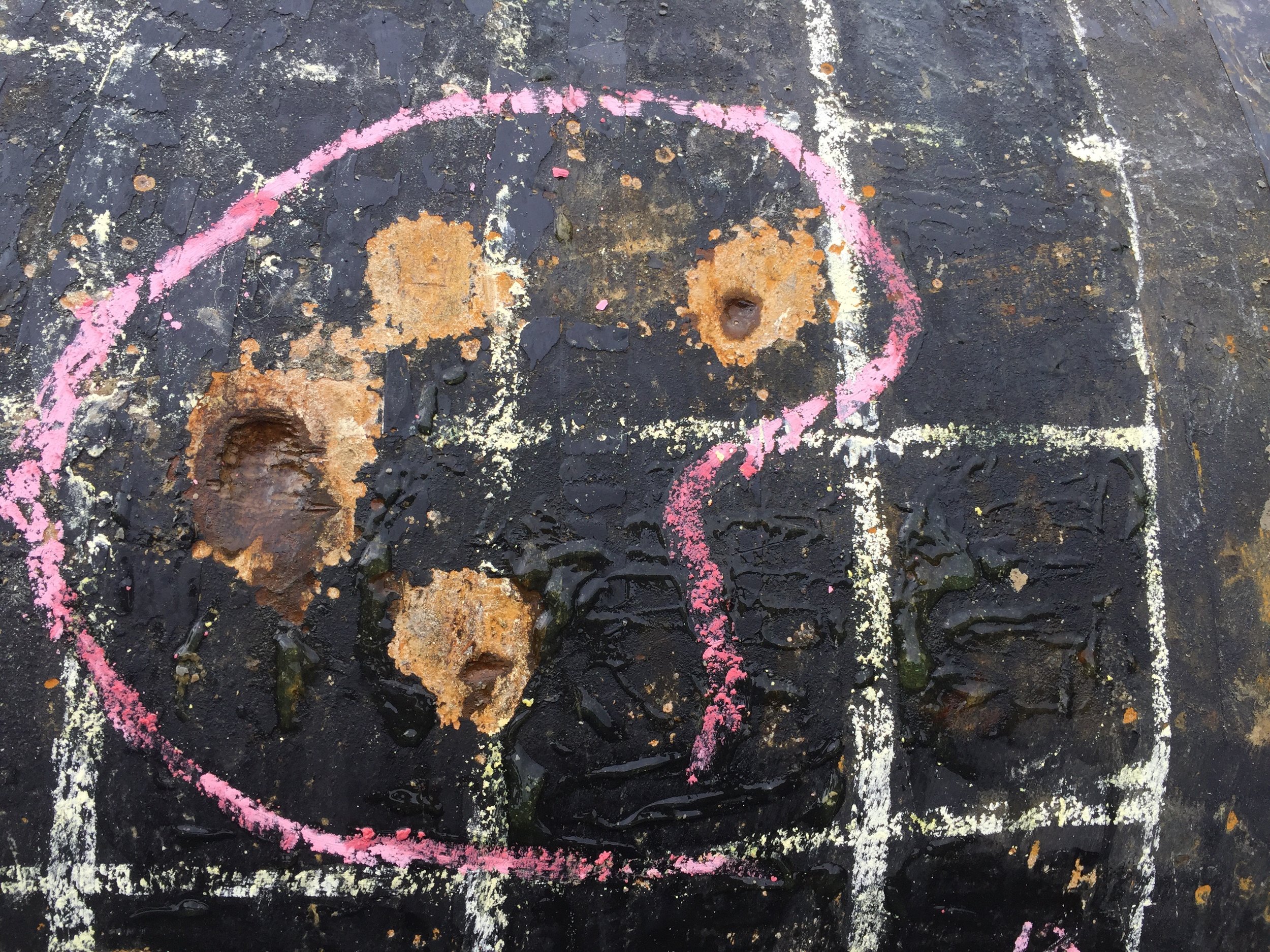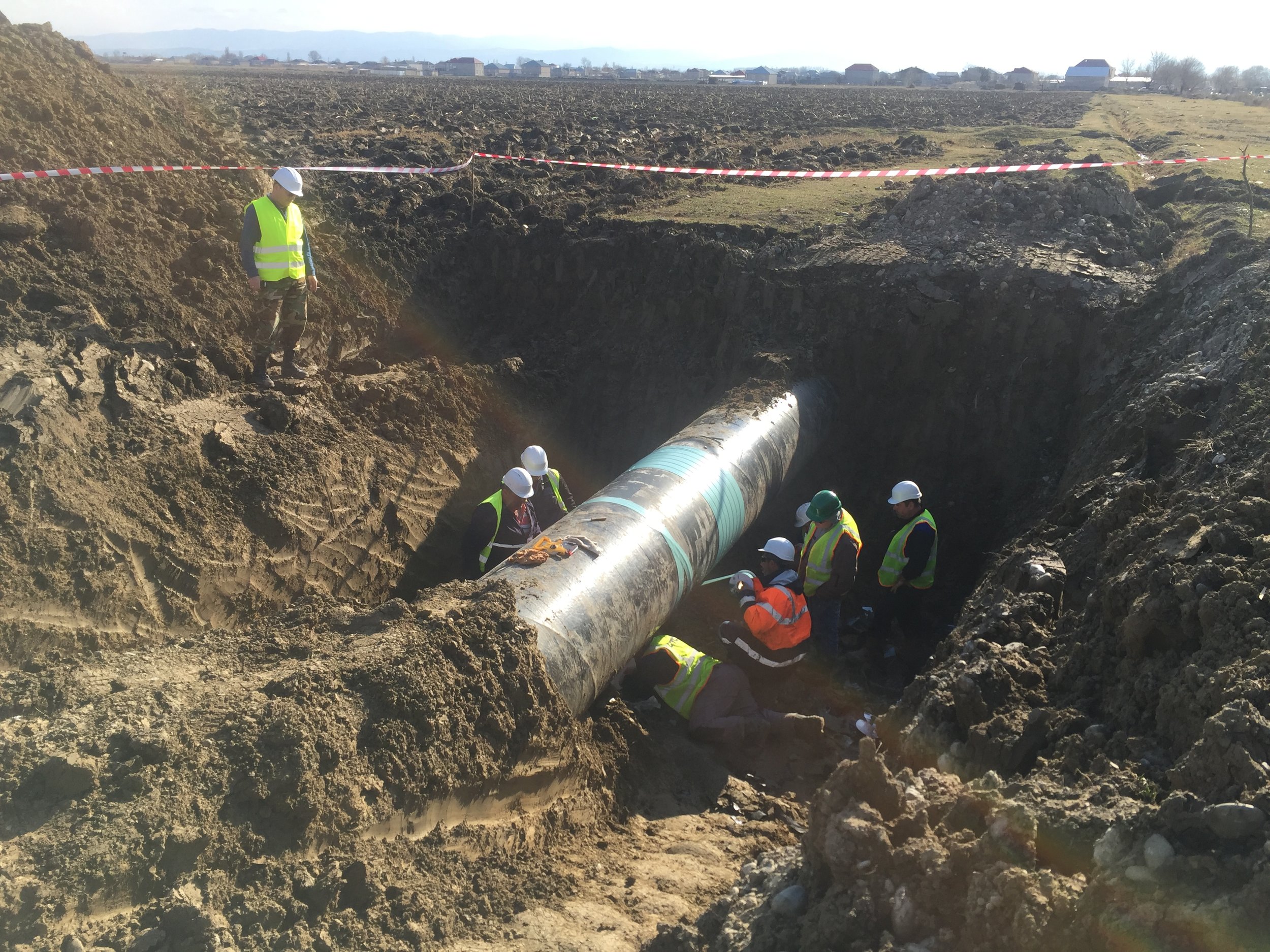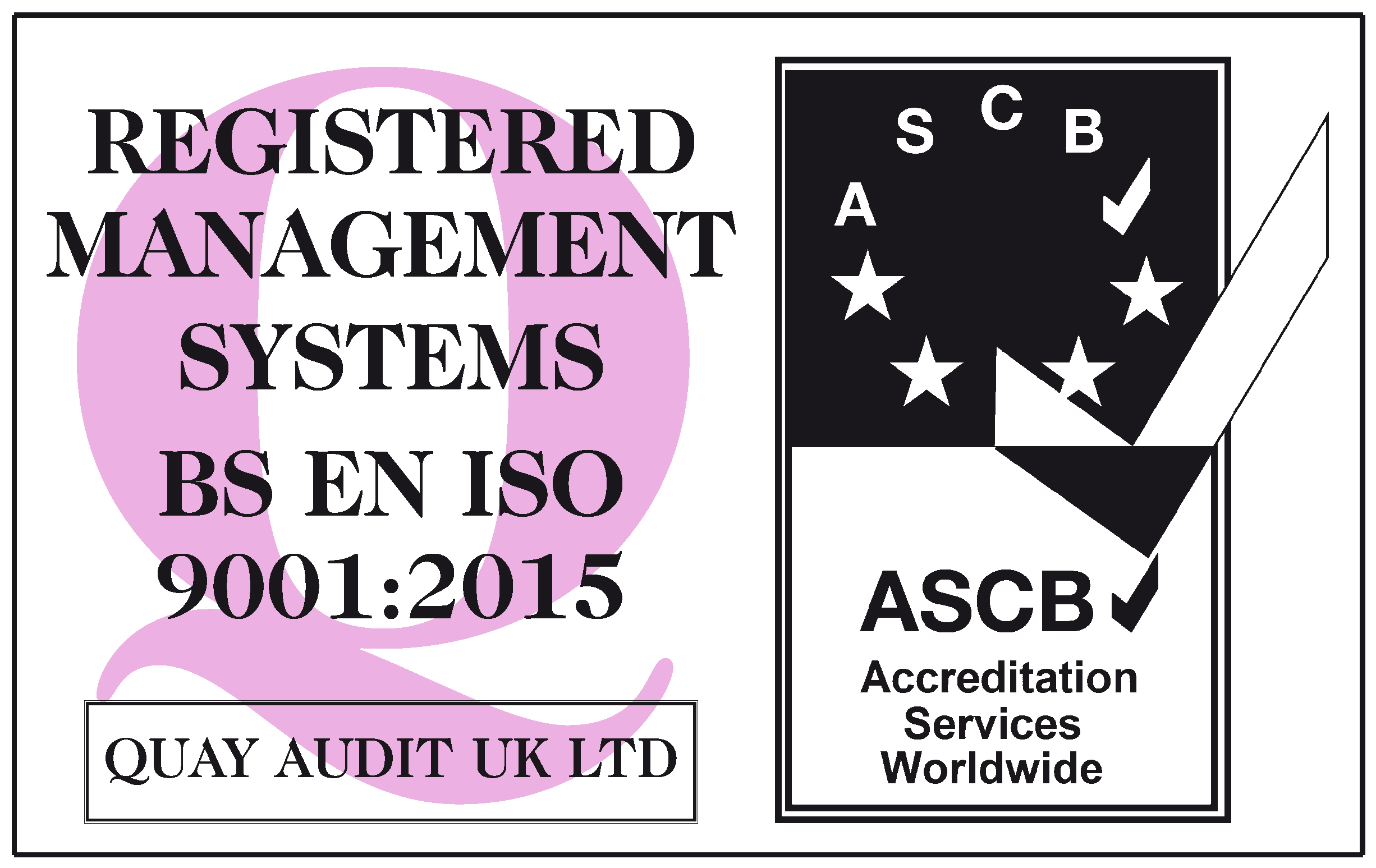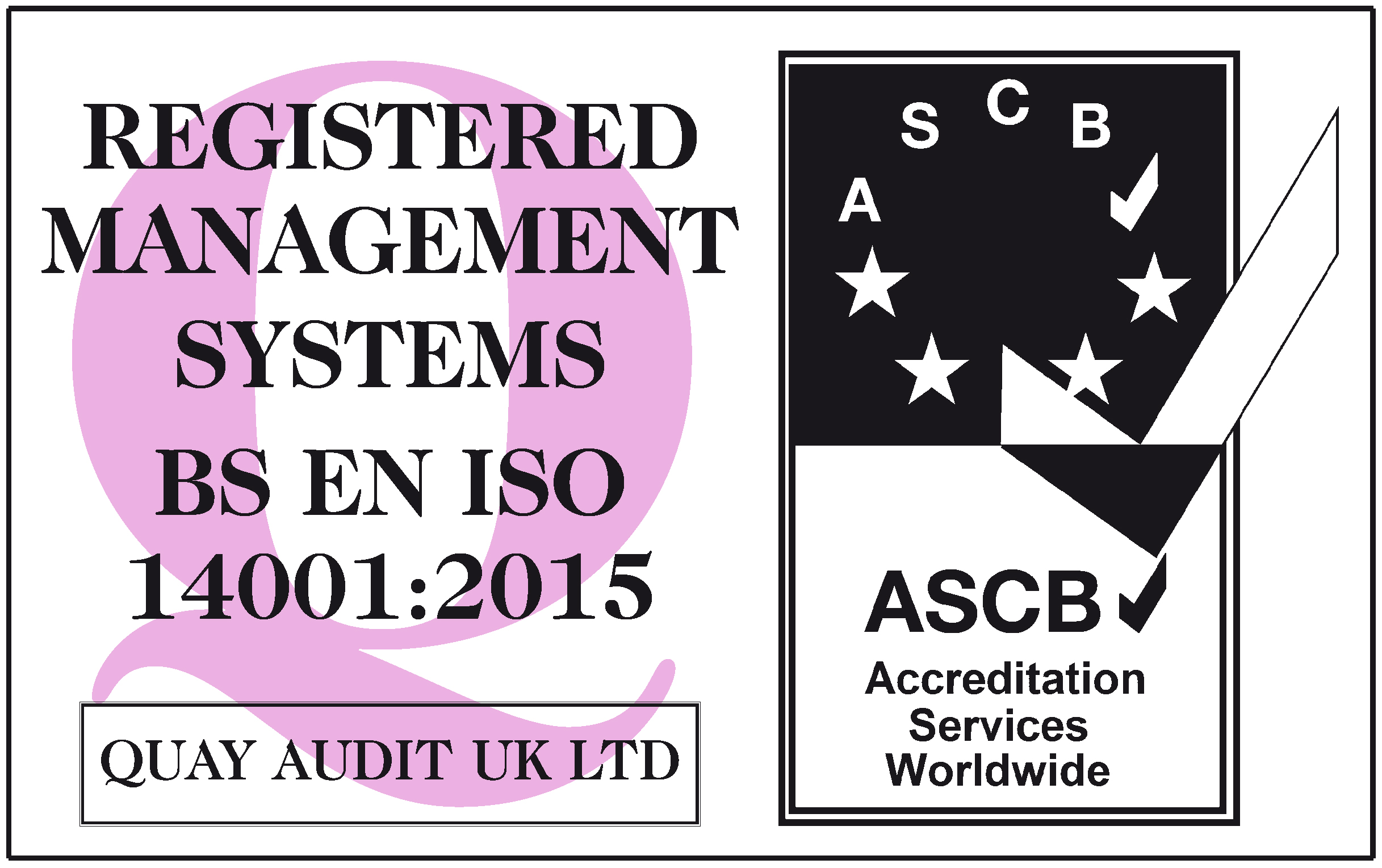Defining "Electrical Isolation" for a Cathodic Protection System
With respect to cathodic protection systems, the term "electrical isolation" relates to confining the (cathodic) protective current to the structure being protected.
In terms of electrical separation this could mean isolating;
- Two (or more) cathodic protection systems from one another
- Buried / immersed structures from above ground appurtenances
- Cathodically protected structures from earthing systems
- Owner / Operator interfaces
Electrical isolation is a key factor in the successful application of cathodic protection where it has been included at the design stage. For the purposes of this blog article we assume that the structure is intended to be electrically isolated.
That is not to say that electrical isolation is always required, as long as the designed system has taken this into account.
There are times when it may not be desirable, or even practical, to isolate protected from unprotected structures. Examples are refineries, industrial plants, large tank farms and similar complex facilities.
How to Electrically Isolate the Cathodically Protected Structure
Commercial fittings for providing electrical isolation of pipework include;
- Insulating Flange Kits (IFK)
- Monolithic Isolation Joints (IJ)
- Non-metallic pipe sections
Cathodically protected structures can be electrically isolated from earthing systems via;
Other solutions, e.g. non-conductive membranes, are available as methods of electrical isolation depending on the system in question.
Insulating Flange Kits (IFK)







